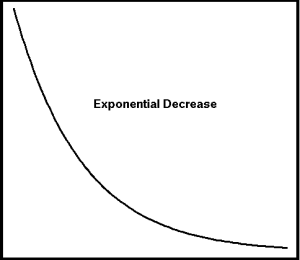Greece in and of itself does not directly do much business with the United States. Greece does not have manufacturers that compete with the US, such as S. Korea, China, and Germany have. Greece does, however, greatly impact the European Union not only because of the size of its economy but more importantly due to the thought of a collapsing EU. The EU (European Union) was created in 1993 and has 28 member states. If Greece exits, it will raise the spectre of other economically weak countries like Italy and Spain leaving – this will shatter the Euro and send investors running for the hills. It will make the US dollar much stronger which will hurt US exports, which in turn will affect US international companies negatively. It will also hurt US tourism as it will be much more expensive for Europeans to visit the United States.
The thought of a collapsing economy and certainly the fact that Greece has stopped people from withdrawing their money from their own bank accounts may have a ripple effect across other countries in Europe and possibly the world. The 2% drop in the Dow Jones on Monday and the 2.5% drop in the Nasdaq does not bode well for an actual Grexit (The new term used to describe Greece’s exit from the Eurozone). Stock markets that are already priced too high in terms of price earnings ratio will feel more pressure to correct themselves. A falling stock market means less market capitalization in companies which is used to fund their operations, which may in turn lead to job losses. The stock crash of 1929 led the way for the Great Depression in the United States, which is an extreme example of what happens when a stock market crashes.
If a stock market crashes then confidence is lost, and the likelihood of new jobs is dampened.
Reading the above you might think it’s time to head for the hills, but I think that a more important and less pronounced threat is the United States debt and trade deficit which will not be helped by a European crisis. Ways to protect yourself include but are not limited to:
- Shifting out of stocks and into cash, whose value will most likely increase relative to the rest of the world unless the Federal Reserve doesn’t increase interest rates and comes out with another stimulus package
- Making sure that your portfolio does not include European investments
Of course, these protective measures may limit your upside potential, but will most definitely defend you against a downside. If you’re courageous enough, you can always short individual stocks. Please read my disclaimer below and have a nice day.




